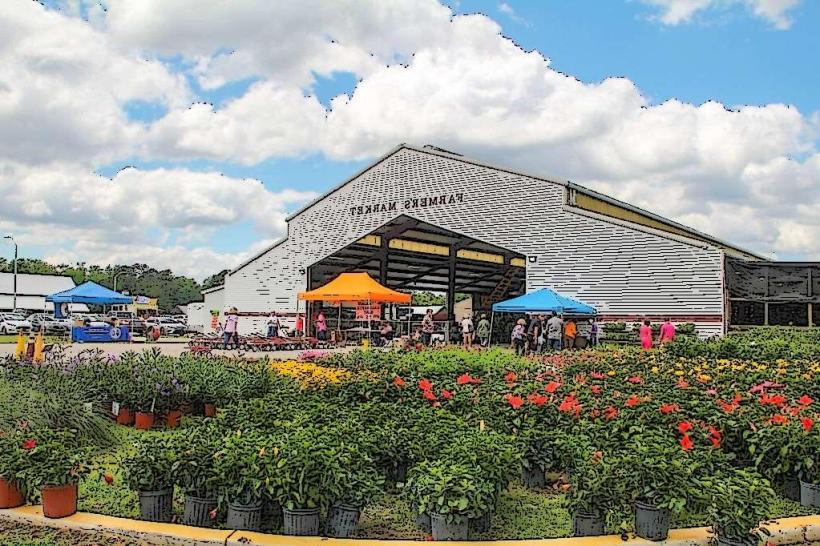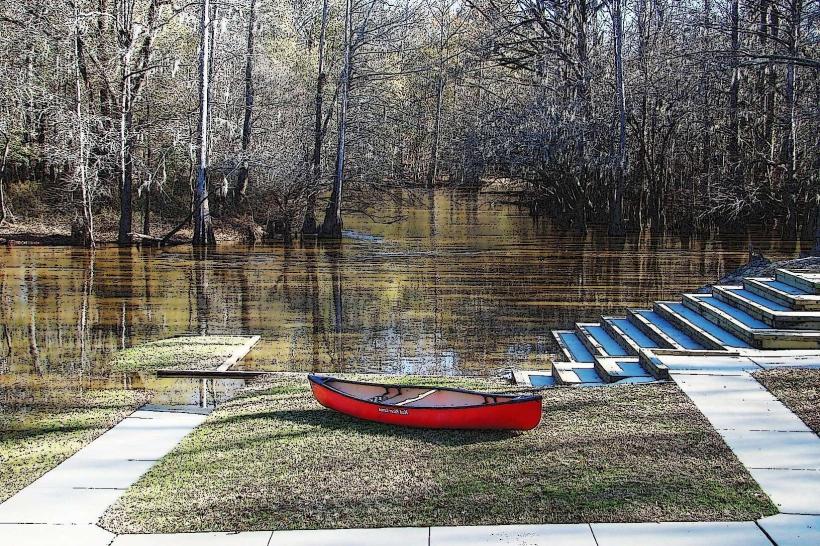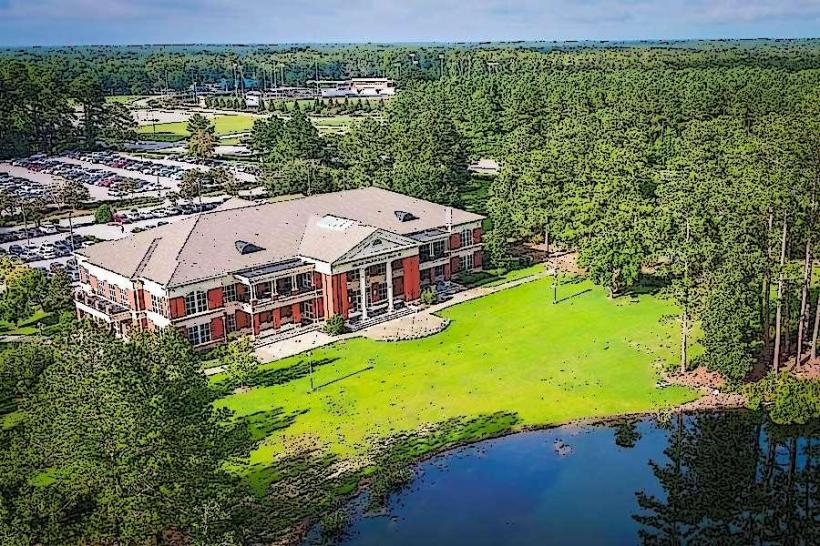Information
Landmark: Lynches RiverCity: Florence SC
Country: USA South Carolina
Continent: North America
Lynches River, Florence SC, USA South Carolina, North America
The Lynches River is a significant waterway in northeastern South Carolina, flowing through Florence, Darlington, and Chesterfield Counties before joining the Great Pee Dee River. It is a slow-moving river characteristic of the Carolina Lowcountry and Coastal Plain, with a mixture of freshwater and tidal influences in its lower reaches.
Geography and Hydrology:
The Lynches River originates in Cheraw State Forest areas near the North Carolina border and flows approximately 140 miles before merging with the Pee Dee River.
Its course passes through forests, wetlands, agricultural lands, and small towns, shaping both the natural and cultural landscape of the region.
Tributaries and small creeks feed into the river, creating a network of waterways that support diverse ecosystems.
Ecology and Environment:
The river supports a variety of freshwater fish species, including bass, catfish, and sunfish, making it popular for recreational and subsistence fishing.
Turtles, amphibians, and waterfowl are common along its banks, while hardwood and pine forests line much of the river’s course.
Wetlands along the river provide critical habitat for migratory birds and serve as flood control and water filtration zones, maintaining water quality and ecological balance.
Human Use and Recreation:
The Lynches River is used for canoeing, kayaking, and small-boat navigation, offering scenic opportunities for outdoor enthusiasts.
Fishing and birdwatching are popular activities along accessible sections of the river.
Certain areas along the river are designated for public parks, wildlife preserves, and county recreational areas, such as Lynches River County Park.
Cultural and Historical Significance:
Historically, the river’s banks supported Native American settlements, colonial plantations, and later agricultural developments, with rice and cotton cultivation along suitable floodplains.
Evidence of historical land use, including tabby ruins and early homesteads, can occasionally be found near the river.
The river has served as a natural transportation route, supporting trade and settlement throughout the region’s history.
Conservation:
Efforts focus on preserving water quality, protecting riparian habitats, and preventing erosion along the river’s course.
Local organizations and government agencies monitor ecological health, balancing recreational use with environmental protection.
The Lynches River exemplifies the natural, historical, and recreational richness of northeastern South Carolina, functioning as both a vital ecological corridor and a cultural landmark within the Pee Dee region.










